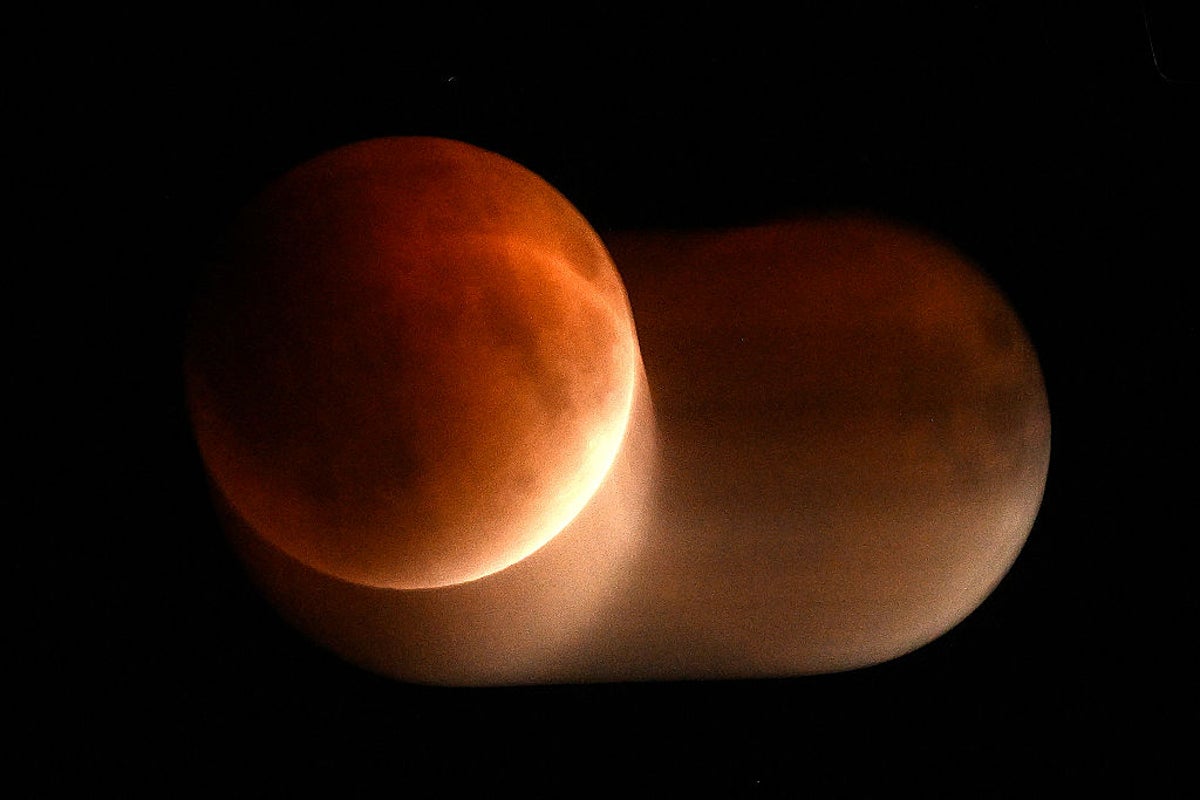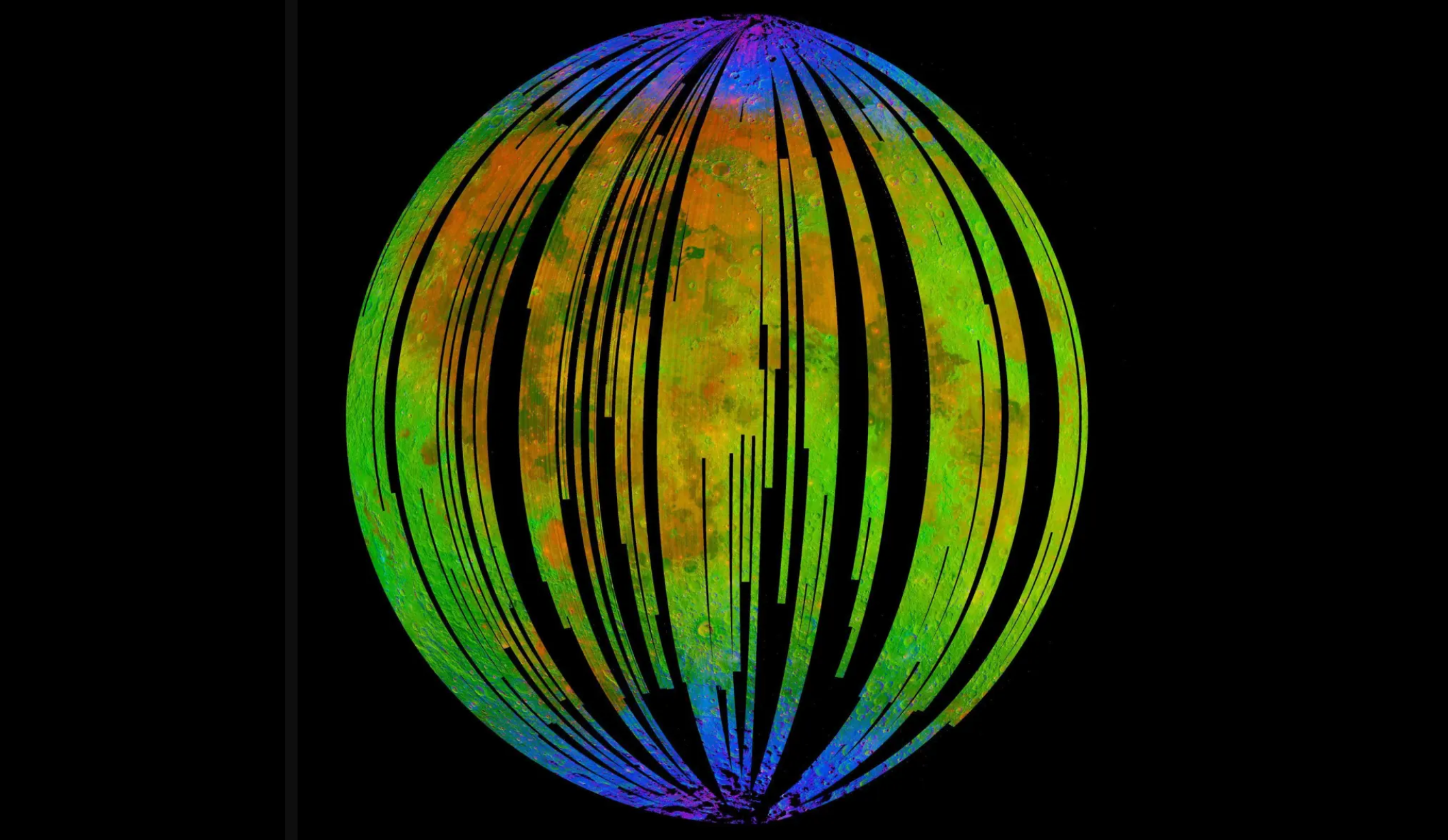
The Moon is rusting due to oxygen particles blown all the way from Earth to the lunar surface, scientists have discovered.
The findings, made by a team from Macau University of Science and Technology in China, offer new insight into the deep interconnected relationship between the Earth and its natural satellite.
Rust, or hematite, was first spotted on the Moon in 2020 during India’s Chandrrayaan-1 mission. The presence of the iron-rich mineral could not be explained by the Moon’s chemical environment alone, as it only occurs when rocks react with water and oxygen.
Planetary scientist Shuai Li, who led the 2020 team that made the discovery, described it at the time as “very puzzling”.
The lack of oxygen on the Moon led Li and other scientists to speculate that it came from a phenomenon known as Earth wind. This is when the Earth passes between the Sun and the Moon, blocking the flow of solar particles from the Sun for a period of around five days each month.

During this time, the Moon is exposed to nitrogen, hydrogen and oxygen from the Earth’s atmosphere. These charged particles can then embed themselves in the lunar soil and cause the chemical reactions required to create rust.
The team from Macau University of Science and Technology were able to prove that Earth wind is the cause of the Moon rust by simulating the scenario in the laboratory.
After firing hydrogen and oxygen ions into iron-rich minerals known to be present on the Moon’s surface, they observed that it formed hematite.
The scientists reported their findings in the journal Geophysical Research Letters.
“Our findings offer a practicable explanation for the formation and distribution of lunar hematite,” the researchers wrote in the study, titled ‘Earth wind-driven formation of hematite on the lunar surface’.
“These findings provide valuable insights into the widespread distribution of lunar hematite and indicate a long-term material exchange between Earth and the Moon.”







